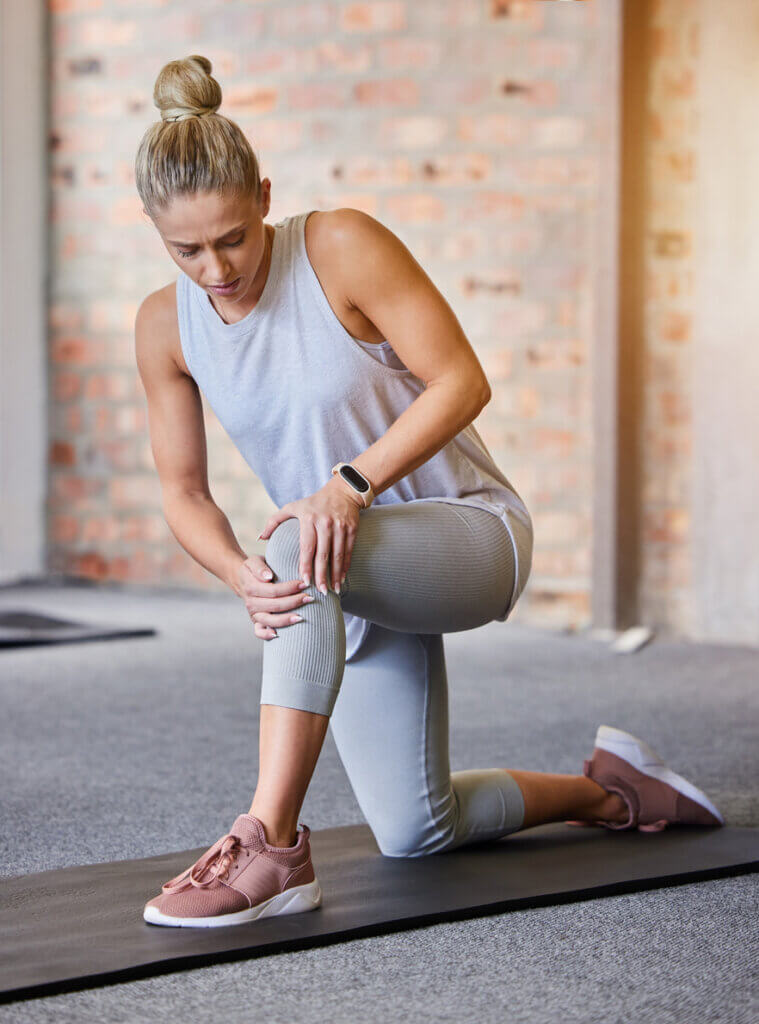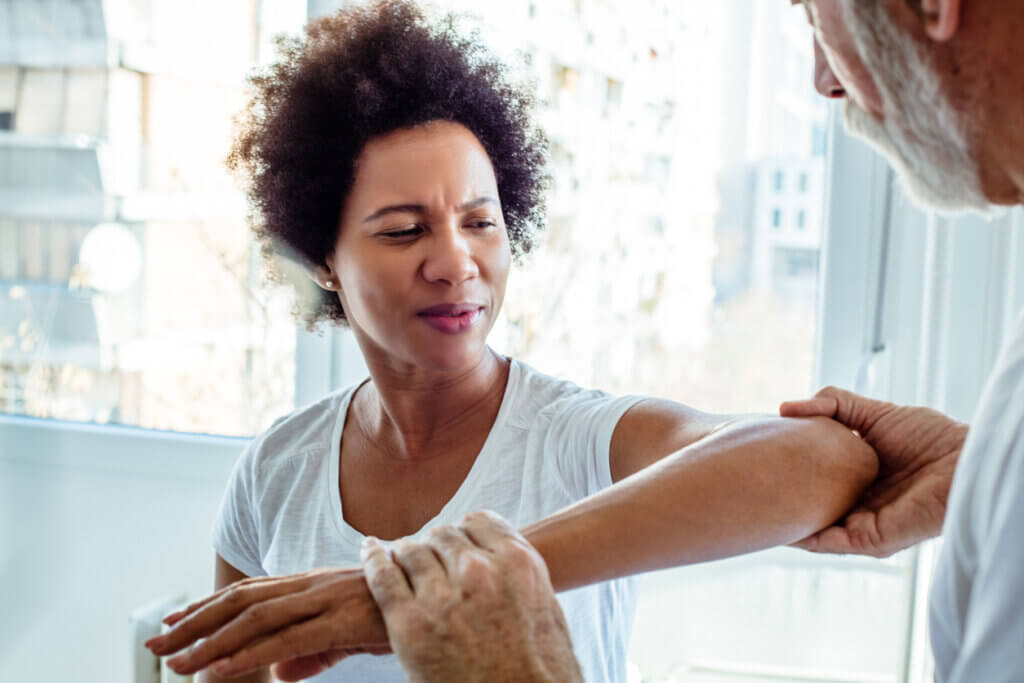


References
- Riggs, B. L., & Hartmann, L. C. (2003). Selective estrogen-receptor modulators — mechanisms of action and application to clinical practice. New England Journal of Medicine, 348(7), 618-629.
- Felson, D. T., Zhang, Y., Hannan, M. T., et al. (1997). The effect of postmenopausal estrogen therapy on bone density in elderly women. New England Journal of Medicine, 336(10), 701-706.
- Khalid, U., & Krum, S. A. (2016). Estrogen receptors alpha and beta in bone. Bone, 87, 130-135.
- Manolagas, S. C., & O’Brien, C. A. (2011). Almeida M. The role of estrogen and androgen receptors in bone health and disease. Nature Reviews Endocrinology, 7(3), 167-178.
- Wright, N. C., Looker, A. C., Saag, K. G., et al. (2014). The recent prevalence of osteoporosis and low bone mass in the United States based on bone mineral density at the femoral neck or lumbar spine. Journal of Bone and Mineral Research, 29(11), 2520-2526.
- Gabay, O., & Clouse, K. A. (2014). Estrogen signaling and the maintenance of joint health. Journal of Orthopaedic Research, 32(9), 1131-1138.
- Rogers, R. S., & Densmore, V. S. (2014). The impact of estrogen on skeletal muscle and physical performance in women. Sports Medicine, 44(2), 179-190.
- Almeida, M., Laurent, M. R., Dubois, V., et al. (2017). Estrogens and androgens in skeletal physiology and pathophysiology. Physiological Reviews, 97(1), 135-187.
- Schwartz, A. V., & Hillier, T. A. (2001). Postmenopausal bone loss and estrogen replacement therapy: a review. Clinical Endocrinology, 54(4), 409-414.
- Cooper, C., Atkinson, E. J., Jacobsen, S. J., et al. (1993). Population-based study of survival after osteoporotic fractures. American Journal of Epidemiology, 137(9), 1001-1005.
